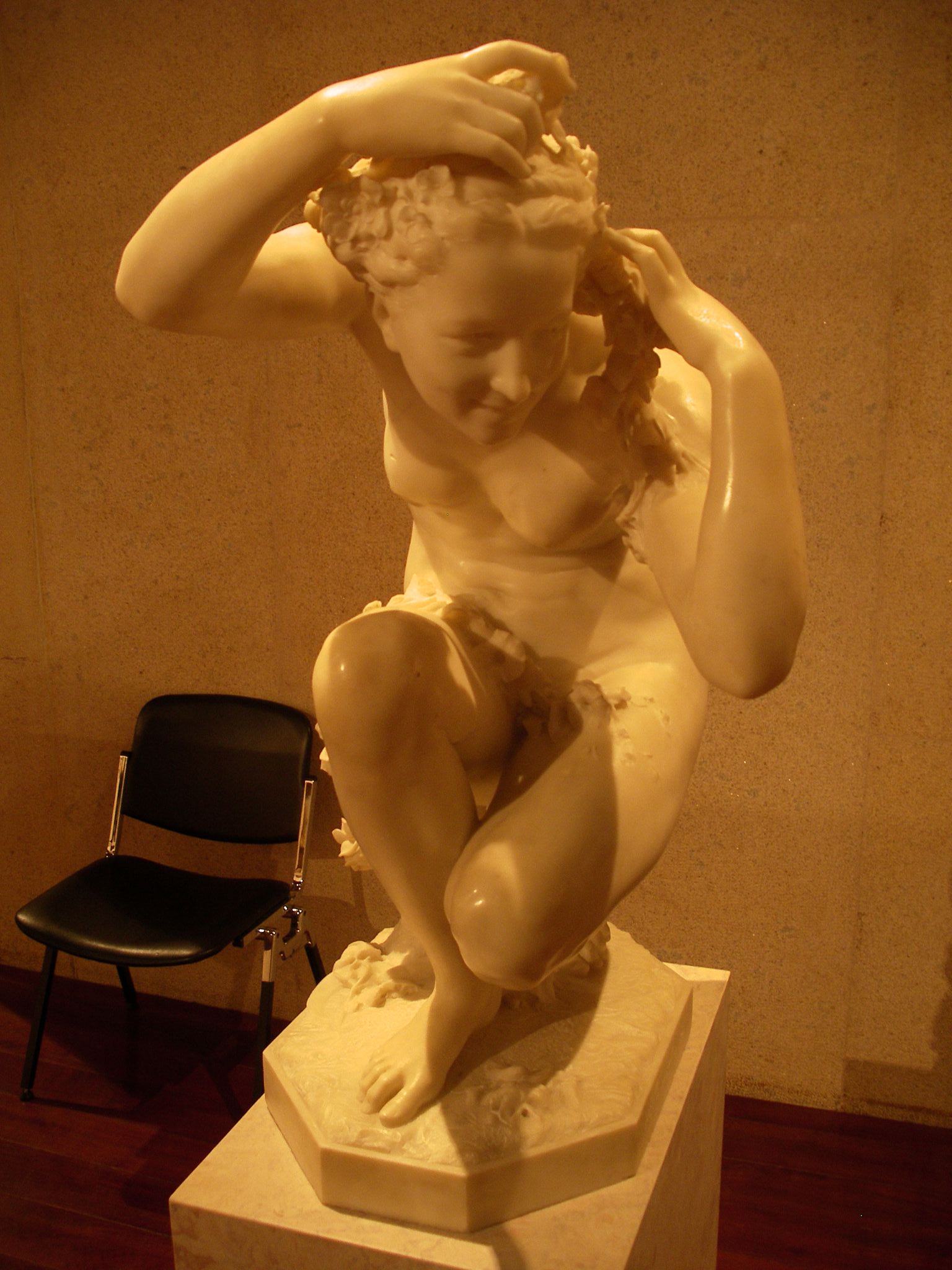Facts for Kids
Flora is a Roman goddess who embodies flowers and spring, celebrated for her role in making the earth bloom with life and colors.
Overview
Flora In Art And Literature
Flora's Role And Attributes
Symbolism And Representations
Modern Interpretations Of Flora
Origins Of Flora In Roman Mythology
Legacy Of Flora In Contemporary Culture
Worship And Festivals Dedicated To Flora
Flora's Influence On Agriculture And Nature
Comparative Mythology Flora And Other Fertility Goddesses

Inside this Article
Sandro Botticelli
Greek Mythology
Earth Day
Happiness
Goddess
Thought
Gardens
Culture
People
Nature
Did you know?
🌸 Flora is the Roman goddess of flowers and springtime.
🌼 She represents the beauty of nature and helps plants bloom.
🌷 Flora's name comes from the Latin word 'flor,' which means 'flower.'
🌱 Flora has a special role in bringing life back to nature after winter.
🎉 The Romans celebrated Flora during a fun festival called 'Floralia.'
🌺 Flora is often pictured wearing a dress and crown made of flowers.
🌻 She symbolizes growth, renewal, and the arrival of spring.
💖 Flora inspires beautiful gardens and lovely floral patterns.
🌍 She connects with other fertility goddesses in different cultures.
🌈 Flora's legacy is celebrated in gardens and art around the world.
Introduction
Flora In Art And Literature
Flora's Role And Attributes
Symbolism And Representations
Modern Interpretations Of Flora
Many people honor her in gardens, festivals, and art. Parks and gardens bloom in spring to remind us of her beauty 🌸. Flora is also featured in books, movies, and cartoons, where she represents growth and happiness. Schools teach children to appreciate nature, just as Flora showed ancient Romans the joy of spring. 🌼
Additionally, many gardeners plant flowers in Flora’s honor, creating colorful spaces for everyone to enjoy! With her lively spirit, Flora inspires us to care for the earth and keep it vibrant and alive! 🌈✨
Origins Of Flora In Roman Mythology
With Flora’s arrival, people looked forward to bright, sunny days and lots of flowers.
Legacy Of Flora In Contemporary Culture
In art and design, floral patterns and themes are popular, reminding us of nature’s freshness. Additionally, Flora inspires names for businesses, perfumes, and even characters in stories! 🌷
Her significance encourages many to appreciate the beauty of flowers and springtime, just as the Romans did long ago. Flora will always remind us of the joy of nature! 🌿💫
Worship And Festivals Dedicated To Flora
Flora's Influence On Agriculture And Nature
Farmers believed that by honoring Flora, she would bless their crops and help them grow healthy and strong. In ancient Roman farms, they celebrated the arrival of spring with special rituals to ask for Flora's help with bountiful harvests. 🌻
Today, we still appreciate the role of flowers and plants in our lives. They provide food, clean air, and beautiful sights to enjoy! Taking care of flowers and gardens makes our world a better place, just as Flora did for the ancient Romans. Flora teaches us to appreciate nature’s gifts! 🌱🌏

